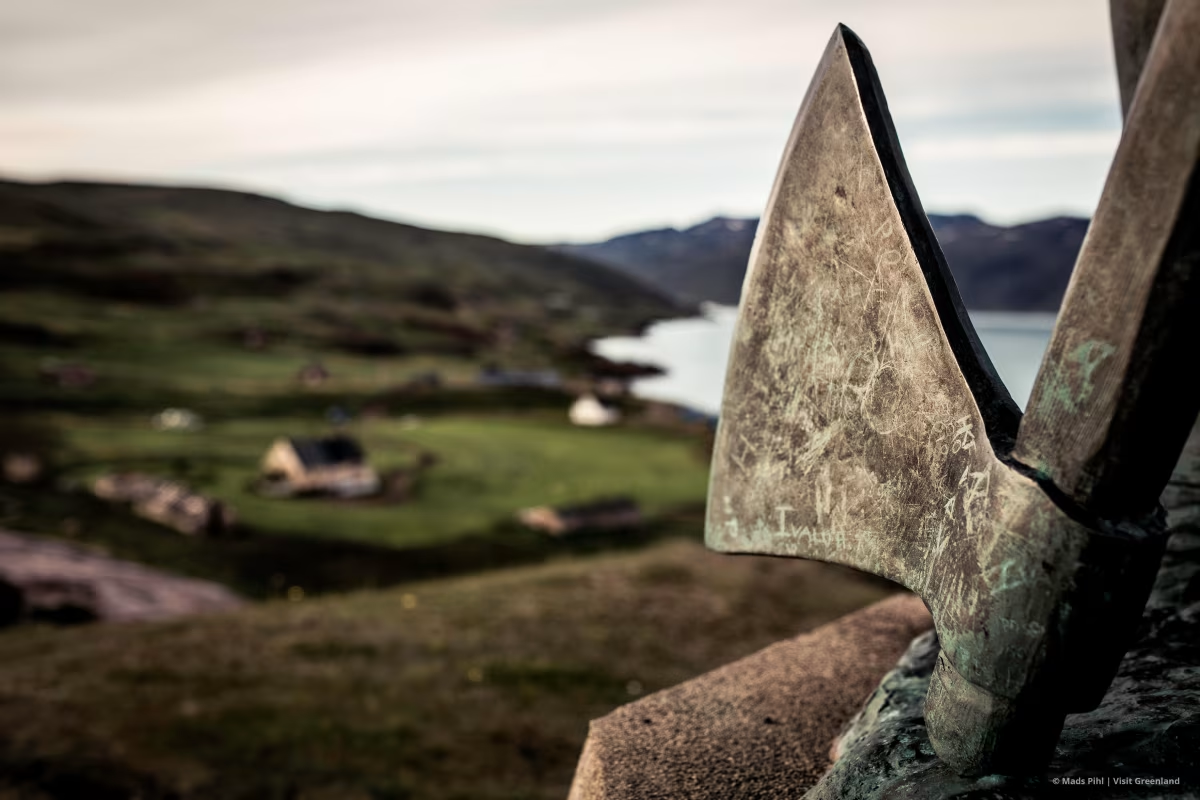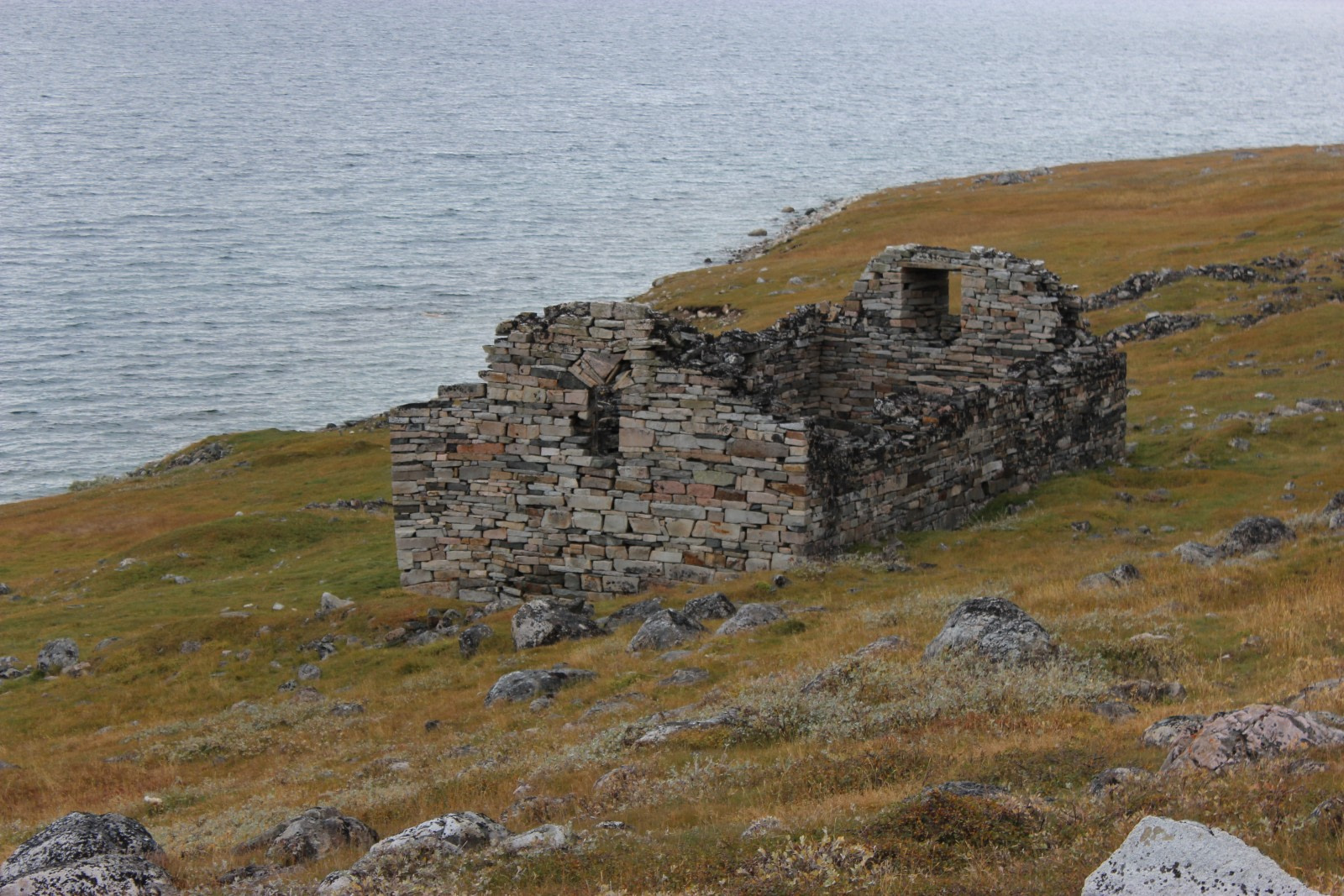Greenland's History: When Vikings Ruled the Ice Age
A Greenland cruise sails you into a history that is filled with many fascinating tidbits that polar expedition participants enjoy learning about, but perhaps the most popular historical aspect is the fact that Vikings once ruled this land. Anthropologists and climate scientists have been studying Greenland for many years in an attempt to determine exactly when and why the Vikings vacated Greenland. The latest information was recently released, and it sheds some new light on this historical culture.
What Made the Vikings Leave?
In 2011, researchers reported that an extreme cold snap, which was nicknamed the Little Ice Age, was the most likely culprit in the Viking exodus from Greenland. By running climate models from that time period, scientists determined that Greenland entered a cooling period around the year 1100 CE. This information was ascertained by studying data collected from lakes located in western Greenland near a known Norse settlement.
The ice cores helped researchers figure out that the area’s average temperature plummeted by 3,9 ◦C (7 degrees Fahrenheit) between 1100 and 1180 CE. Although this may not seem like much to most people, the reality is that such a quick change would have most likely increased sea-ice levels and caused the crop growing season to dwindle. In other words, access to food and previously utilized trading and sailing routes would have become less plentiful, thereby forcing the Vikings to look for better living conditions.
It is known that Greenland’s Vikings dealt with these harsh conditions for at least 10 years during the mid-1300s and ended up losing much of their cattle as a result of the cold summers and brutal winters. However, recent findings make it necessary to question if they actually stayed in the region for a much longer period of time.

Picture by Mads Pihl - Visit Greenland
New Research Fills in the Past
From 2011 until early 2015, it was commonly accepted that the Little Ice Age theory was a good explanation for what happened to the Vikings, but now this idea has come under scrutiny. Although it is not debated that the Little Ice Age happened and had an impact on Viking life, an archeologist from the National Museum of Denmark has found new information that suggests the Vikings toughed it out in Greenland during the Little Ice Age for much longer than previously believed.
Archeologist Christian Koch Madsen has performed extensive landscape studies in an effort to conclusively determine how the Vikings were impacted by the colder climate. Madsen’s findings make him virtually certain that the Vikings lived in Greenland for an extended period of time during the Little Ice Age, and he also thinks that previous population estimates were far off base.

Picture by Louwrens Hacquebord
The Population Disparity
The researchers who conducted the 2011 study were operating under the assumption that there were approximately 6,000 Vikings living in Greenland when the Little Ice Age began. Due to this, they reported that a massive evacuation was prompted early during this cold climate event because they found indications that the population dwindled by several thousand people. However, Madsen’s landscape studies have led him to the conclusion that there were no more than 2,500 people living in Greenland as the Little Ice Age began to send temperatures below comfortable levels.
This disparity could help explain why previous researchers thought that the majority of the Vikings left many of their Greenland settlements within 10 years in the mid-1300s. After all, a drop in population from 6,000 to 2,500 would represent a mass exodus. On the other hand, if the population was closer to 2,500 to begin with, this would indicate that the Vikings continued to live and find ways to thrive in Greenland’s coldest regions. Madsen believes that the Vikings stuck it out for at least 200 years as the climate continued to get colder, and they adapted by switching from farming to trapping.
Although we do not know for certain which of these theories is correct, it is intriguing to consider the weather conditions that the Vikings had to deal with while taking a seven day voyage that follows in the footsteps of these ancient people. We can also reflect upon the importance of adapting and how this survival technique may have kept the Vikings in Greenland for much longer than previously believed.

